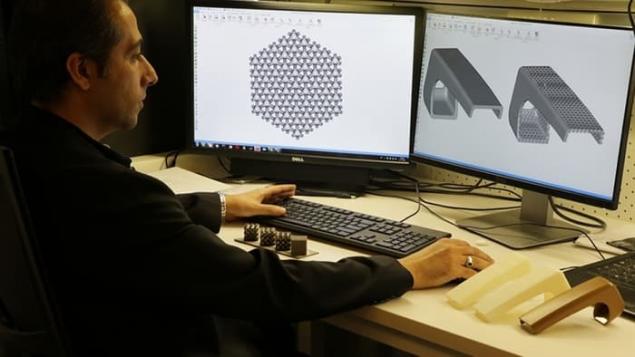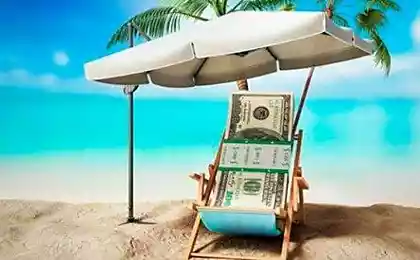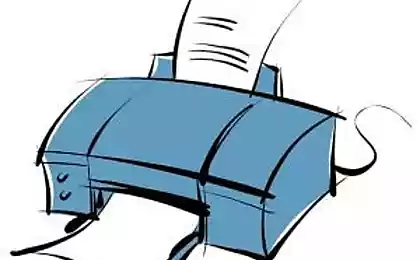435
Scientists from the UAE have learned to set the function content
Steel, cement, plastic or carbon fiber — build objects with 3D printing is to use only materials with the best characteristics, which often leads to difficult compromises. Scientists from the Masdar Institute in the United Arab Emirates would like to shift the paradigm of 3D design through the creation of highly functional materials with a wide range of applications.

Instead of creating new materials, Professor Rashid Abu al-RUB and his team propose to change the internal geometric structure of traditional plastics, metals, ceramics and composites. Setting the material from scratch will allow engineers to provide the necessary material of all the properties that you could wish for.
For example, the density and strength go hand in hand, as a rule, these characteristics fully possess the metals, but they are heavy, and some sort of composite is lightweight, but weaker, due to the settings you can change these properties and give composites "skills" of metals. Interestingly, this can be seen on the example of the Eiffel tower when the structure is not flexible complex design, but it has a lot of voids (up to 90 percent of all structures), due to which she has a huge weight, but very durable.

Professor colleagues built a computer model that can generate thousands of geometrical orders with different functions. The structure provided by the program is so complex that traditional methods like casting or forging, they can't recreate, and 3D printing itself is quite capable.
"Currently, people are working with a design based on an existing material on chemical properties, structure," says Abu al-RUB: "You navigate in the material on application of the product, and then apply our own design methods for the optimization of the structure and its internal geometry so that it will give you all the desired properties."
The use of such technology suitable for the printing of Slippers in the home, and for the aerospace industry, of course, industrial facilities would be interested in the technology a little more than the average person.
"This is a gorgeous piece that combines computational and experimental methods to develop models," says Dr. Thomas Webster, Professor of chemical engineering at northeastern University, who was not involved in the study. Webster says that the value of the work lies in the development of computer models, which despite its imperfections can give an accurate prediction of conductivity of composite material based on the architecture before the printing of the model.
Now the creators of the model looking for industrial partners for polystable implement the idea.
P. S. And remember, only by changing their consumption — together we change the world! ©
Source: www.fainaidea.com/technologii/3d-pechat/uchenye-iz-oae-nauchilis-zadavat-funk-106115.html

Instead of creating new materials, Professor Rashid Abu al-RUB and his team propose to change the internal geometric structure of traditional plastics, metals, ceramics and composites. Setting the material from scratch will allow engineers to provide the necessary material of all the properties that you could wish for.
For example, the density and strength go hand in hand, as a rule, these characteristics fully possess the metals, but they are heavy, and some sort of composite is lightweight, but weaker, due to the settings you can change these properties and give composites "skills" of metals. Interestingly, this can be seen on the example of the Eiffel tower when the structure is not flexible complex design, but it has a lot of voids (up to 90 percent of all structures), due to which she has a huge weight, but very durable.

Professor colleagues built a computer model that can generate thousands of geometrical orders with different functions. The structure provided by the program is so complex that traditional methods like casting or forging, they can't recreate, and 3D printing itself is quite capable.
"Currently, people are working with a design based on an existing material on chemical properties, structure," says Abu al-RUB: "You navigate in the material on application of the product, and then apply our own design methods for the optimization of the structure and its internal geometry so that it will give you all the desired properties."
The use of such technology suitable for the printing of Slippers in the home, and for the aerospace industry, of course, industrial facilities would be interested in the technology a little more than the average person.
"This is a gorgeous piece that combines computational and experimental methods to develop models," says Dr. Thomas Webster, Professor of chemical engineering at northeastern University, who was not involved in the study. Webster says that the value of the work lies in the development of computer models, which despite its imperfections can give an accurate prediction of conductivity of composite material based on the architecture before the printing of the model.
Now the creators of the model looking for industrial partners for polystable implement the idea.
P. S. And remember, only by changing their consumption — together we change the world! ©
Source: www.fainaidea.com/technologii/3d-pechat/uchenye-iz-oae-nauchilis-zadavat-funk-106115.html
5 people who took with him to the grave of the greatest mysteries in the history
The inspection pit: the features of the device and installation























